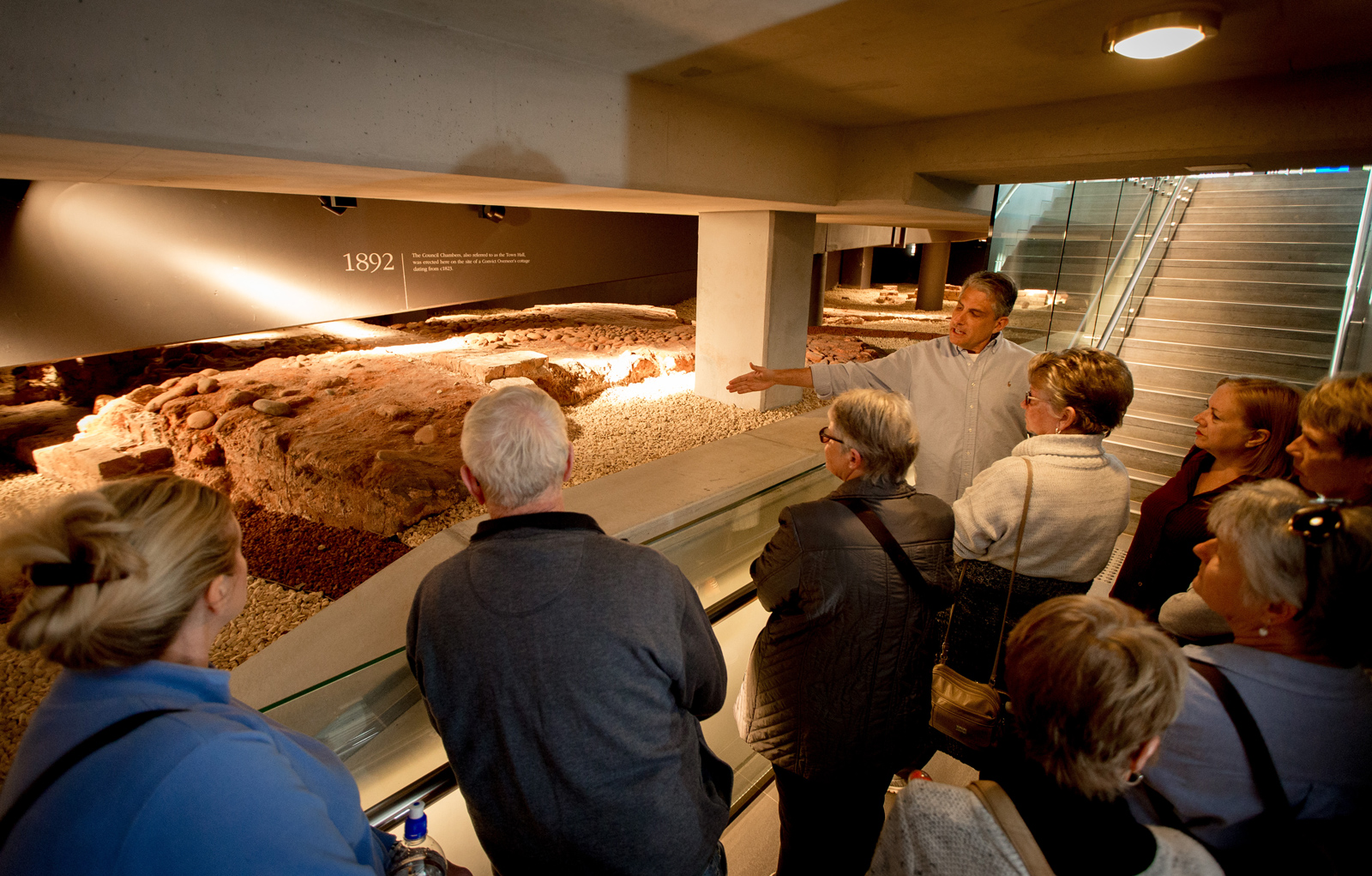Port Macquarie-Hastings 200 Years
From 2018 to 2021 Port Macquarie is commemorating the town’s bicentenary in recognition of a milestone period in the region’s history.
While three years may seem like an extended time to be memorialising such an event, it’s for a good reason: The bicentenary recognises two key dates in Port Macquarie’s early history, the year John Oxley and his team of explorers surveyed the region for European settlement (1818) and the year Port was settled by the British (1821).
Throughout this period, Port Macquarie-Hastings Council is looking to bring the community together to remember the history, heritage and people who make the region what it is today.
Things kicked off in October last year, when council hosted the successful ‘200 Together’ community event at the Town Green. This included cultural and heritage displays, historic tours across the CBD, live music and activities celebrating Indigenous culture.
Council and the community are now working together to bring more exciting events to the region over the next three years.
Mitch McKay, principal of Port Macquarie-Hastings Heritage and award-winning heritage consultant, has long been involved in promoting the history of the region. He says there are plenty of little-known facts about the region that make it one of the most historically-rich towns in the country.
“Port Macquarie is one of the oldest settlements in Australia,” says Mitch. “The settlement pre-dates every capital city in Australia except for Sydney and Hobart, and Port was one of the earliest places established for secondary punishment.”

History in the Glasshouse
Volunteer curator at the Port Macquarie Historical Museum, Debbie Sommers agrees that most people don’t realise the historical significance of the region. “Port Macquarie has a long tourism history and during the 1960s claimed itself as ‘Australia’s First Resort’,” says Debbie.
“The town’s association with our nation’s first Prime Minister, Edmund Barton, is not widely known either, but had he not been our local member of parliament, federation would not have taken place in 1901. There are so many more stories that would fascinate people.”
Debbie says the bicentenary celebrations provide an opportunity to reflect on the past and an opportunity to help shape the future. “Such celebrations are about the place we live in and our cultural identity. Coming together as one community suggests shared values despite cultural and historical differences.”
Just as Port Macquarie is rich with history, it is also rich with ways to learn about it. One option is to explore the town on foot with walking tours conducted by Mitch. The ‘Uncovering our Past Tour’ delves into the history and archaeology of the region, while the ‘Grave Tales Tour’ explores the historic cemetery.
The Glasshouse exhibits the remains of an overseer’s cottage, while the Port Macquarie Museum has a wide local history collection on exhibit with themed displays covering everything from British settlement through to Port’s contemporary history as a popular tourist destination and sought-after sea change location.
The Port Macquarie Museum is located right near Port Central at 22 Clarence Street or online at www.portmuseum.org.au . For information on walking tours visit www.pmheritage.com.au and for further details on the bicentenary and related events visit www.pmhc.nsw.gov.au



